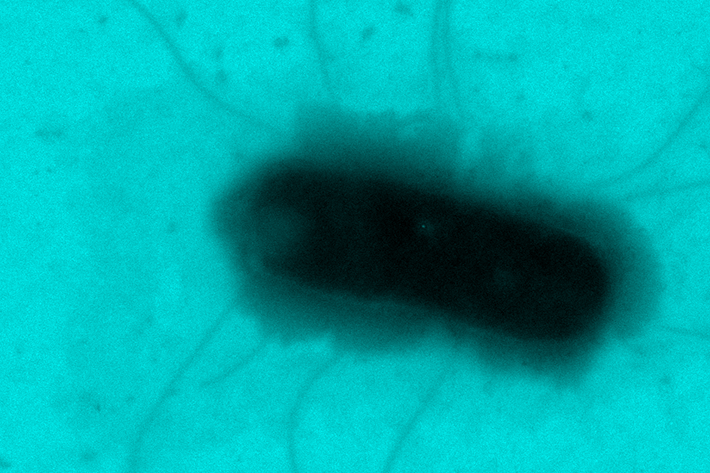Collaborative research finds everyone wins at the swimming "Olympics" for bacteria

A new collaborative work led by graduate students Shashank Kamdar and Dipanjan Ghosh from Prof. Xiang Cheng's group published in the Proceedings of the National Academy of Sciences reports a surprising discovery: E. coli bacteria of different sizes swim at the same speed.
A larger bacterium experiences higher fluid drag and is expected to swim slower. E. coli solves this problem by growing more flagella, tiny hair-like propellers, that generate a greater propulsive force overcoming the higher drag. This finding advances our understanding of the roles of bacteria in ecology and human health and provides a route map for the design of artificial microswimmers.
The work also includes contributions from CEMS graduate student Supriya Ghosh and undergraduate students Youngjun Kim and Tejesh Cheepuru. The researchers were supported by the National Science Foundation (NSF), the Industrial Partnership for Research in Interfacial and Materials Engineering (IPRIME), and PPG.
Read the full paper here: https://www.pnas.org/doi/abs/10.1073/pnas.2310952120